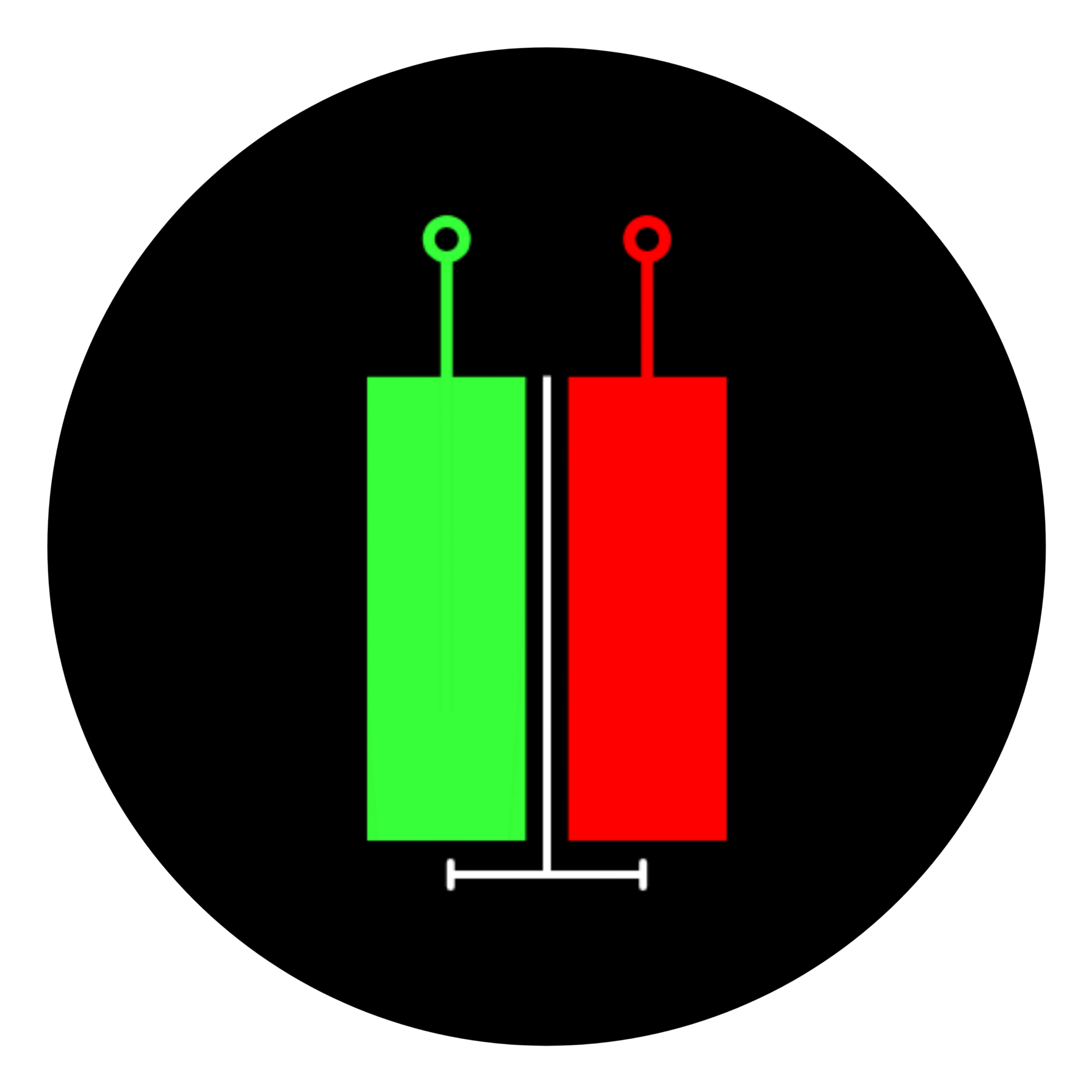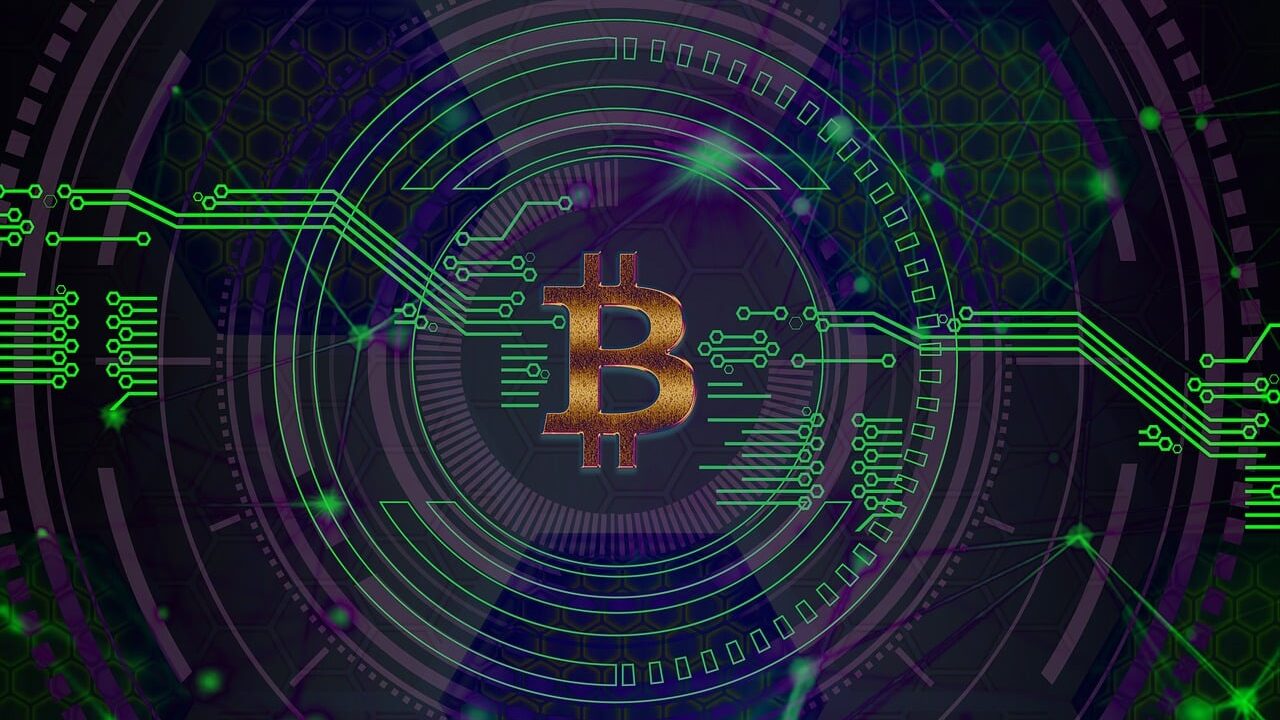When you want to buy, sell, or trade cryptocurrencies, you need to use an exchange.
Think of it like a marketplace where people come together to trade digital money. There are two main types of these marketplaces, and they work very differently from each other.
Table of Contents
What are Centralized Exchanges?
Centralized exchanges work like traditional banks or stock markets. A company runs the whole operation. When you want to trade, you send your money to this company, and they hold it for you. They match buyers with sellers and handle all the complicated stuff behind the scenes.
Some well-known centralized exchanges are Binance, Coinbase, and Kraken. These platforms make trading feel familiar because they work similar to online banking or shopping websites that most people already know how to use.
The good news is that these exchanges usually have lots of people trading, which means you can buy or sell quickly. They also move fast because the company handles everything on their own computers instead of waiting for the blockchain network.
However, there’s a catch. You have to trust this company completely. They hold your money, they know who you are, and if something goes wrong with their business, your money could be at risk.
What Are Decentralized Exchanges?
Decentralized exchanges are completely different. Nobody owns or controls them. Instead, they use smart computer programs (called smart contracts) that run automatically on the blockchain. It’s like having a robot marketplace that works without any human bosses.
Popular decentralized exchanges include Uniswap, PancakeSwap, and SushiSwap. When you use these platforms, your money never leaves your own wallet. You connect your wallet to the exchange, make your trade directly with another person, and the smart contract makes sure everything happens correctly.
This means you stay in control of your money at all times. You also don’t need to tell anyone who you are or provide personal documents. The downside is that these exchanges can be harder to use, especially if you’re new to crypto. There might also be fewer people trading, which can make it harder to find good prices.
Key Differences Between the Two Types
| Aspect | Centralized Exchange (CEX) | Decentralized Exchange (DEX) |
|---|---|---|
| Control | Managed by a central authority or company. | No central authority; operates via smart contracts. |
| Custody of Funds | Funds held in platform-controlled custodial wallets. | Users retain control of funds in their own wallets. |
| Security | Vulnerable to hacks, mismanagement, or regulatory actions. | Lower risk of platform hacks; relies on blockchain security. |
| Privacy | Requires KYC/AML compliance; collects user data. | Typically no KYC; offers greater anonymity. |
| Liquidity | High liquidity due to large user base and order books. | Often lower liquidity, especially for less popular tokens. |
| Transaction Speed | Faster due to centralized servers and off-chain processing. | Slower, dependent on blockchain network speed. |
| User Experience | User-friendly with intuitive interfaces and support. | May be complex for beginners; requires wallet management. |
| Fees | Higher fees (trading, withdrawal, etc.). | Lower fees, but may include gas fees on blockchain. |
| Trading Options | Supports fiat-to-crypto, advanced trading (e.g., margin). | Mostly crypto-to-crypto; limited advanced features. |
| Regulation | Subject to government regulations and oversight. | Less regulated; operates in a decentralized ecosystem. |
| Accessibility | Restricted in some regions due to regulatory compliance. | Globally accessible, provided users have a wallet. |
Who’s in charge? Centralized exchanges have a company making all the decisions. Decentralized exchanges run themselves through computer code with no boss.
Where is your money? With centralized exchanges, the company holds your money in their accounts. With decentralized exchanges, your money stays in your own wallet the whole time.
Safety concerns Centralized exchanges can be hacked, go out of business, or be shut down by governments. Your money could disappear. Decentralized exchanges are harder to attack because there’s no central target, but if you make a mistake with your wallet, nobody can help you get your money back.
Privacy Centralized exchanges want to know everything about you – your name, address, and other personal information. This is because governments require it. Decentralized exchanges usually don’t ask for any personal information.
How easy is it to trade? Centralized exchanges typically have more people trading, so you can buy and sell faster and at better prices. Decentralized exchanges might have fewer traders, especially for less popular cryptocurrencies.
Speed Centralized exchanges are usually faster because they handle trades on their own computers. Decentralized exchanges have to wait for the blockchain network to process everything, which takes more time.
Cost Both types charge fees, but in different ways. Centralized exchanges might charge you for trading and for moving your money out. Decentralized exchanges usually have lower trading fees, but you pay blockchain fees (called gas fees) for each transaction.
What you can trade Centralized exchanges often let you use regular money (like dollars or euros) to buy crypto. They also offer advanced trading tools. Decentralized exchanges mainly let you swap one cryptocurrency for another, and they have fewer fancy features.
Rules and regulations Governments can easily control centralized exchanges because they’re run by companies. Decentralized exchanges are harder for governments to control, but this also means less protection if something goes wrong.
Which One Should You Choose?
Your choice depends on what matters most to you.
If you’re new to cryptocurrency and want something that feels familiar and easy to use, a centralized exchange is probably better. They’re faster, have more trading options, and provide customer support when you need help. Just remember that you’re trusting a company with your money.
If you really care about privacy and want to keep complete control of your money, a decentralized exchange might be worth the extra complexity. You’ll need to learn how to manage your own wallet properly, and trading might be slower and more expensive, but nobody can freeze your account or steal your information.
Many experienced crypto users actually use both types. They might use a centralized exchange when they need to convert regular money to crypto or when they want to trade quickly. Then they move their long-term savings to their own wallets and use decentralized exchanges for privacy-focused trading.
The crypto world is still changing rapidly, so what works best today might be different in a few years. Start with whichever type feels more comfortable to you, and you can always try the other one later as you learn more.

